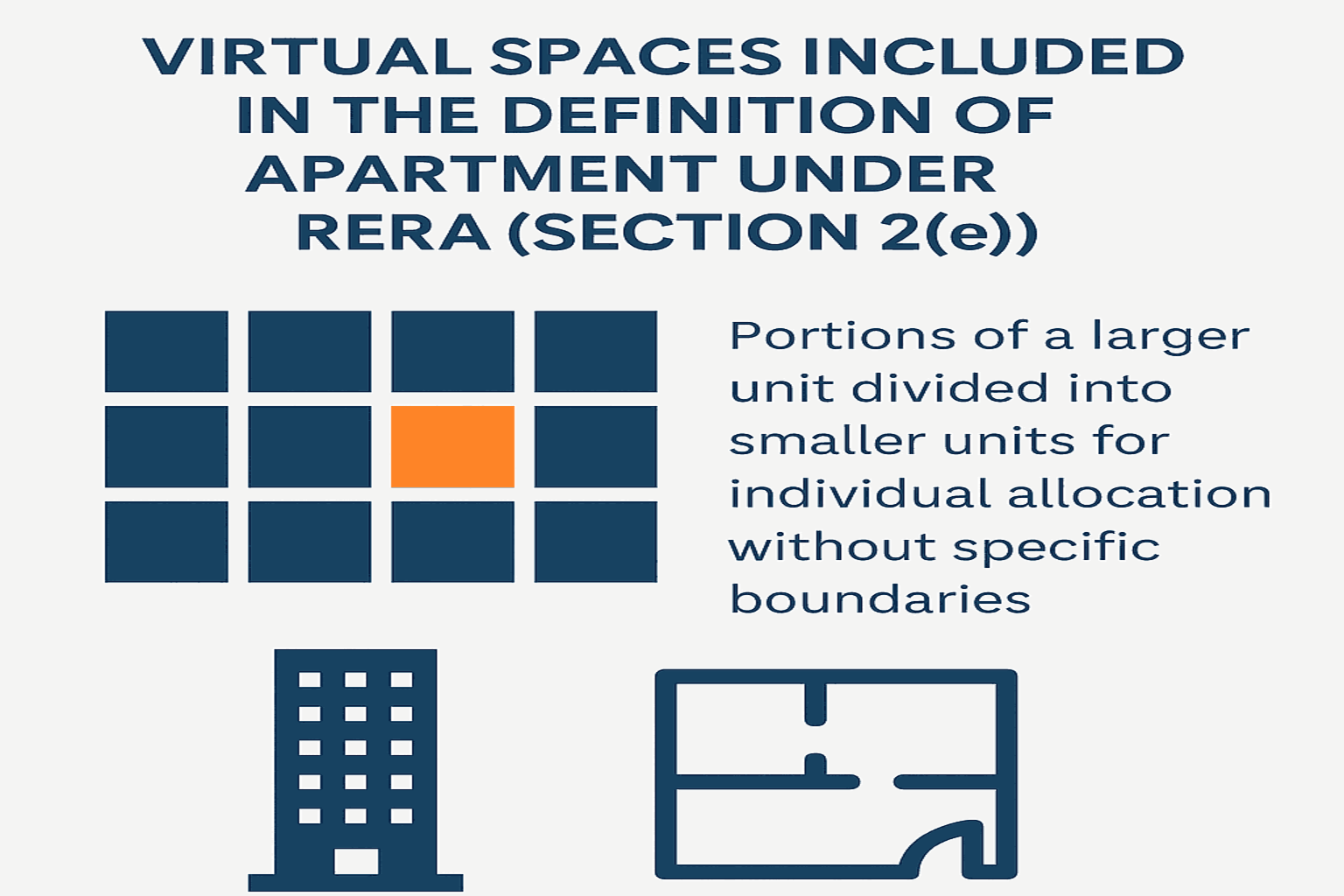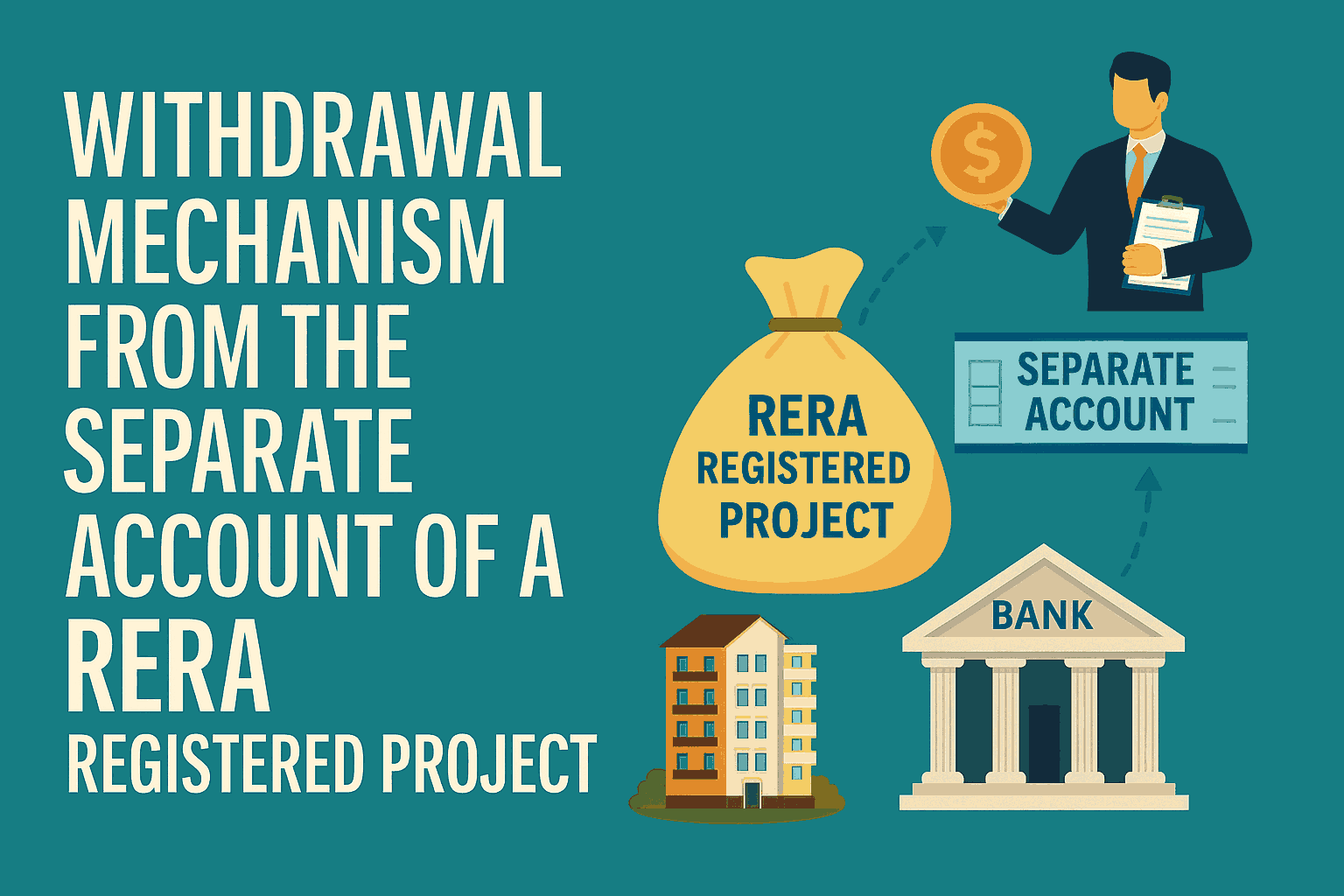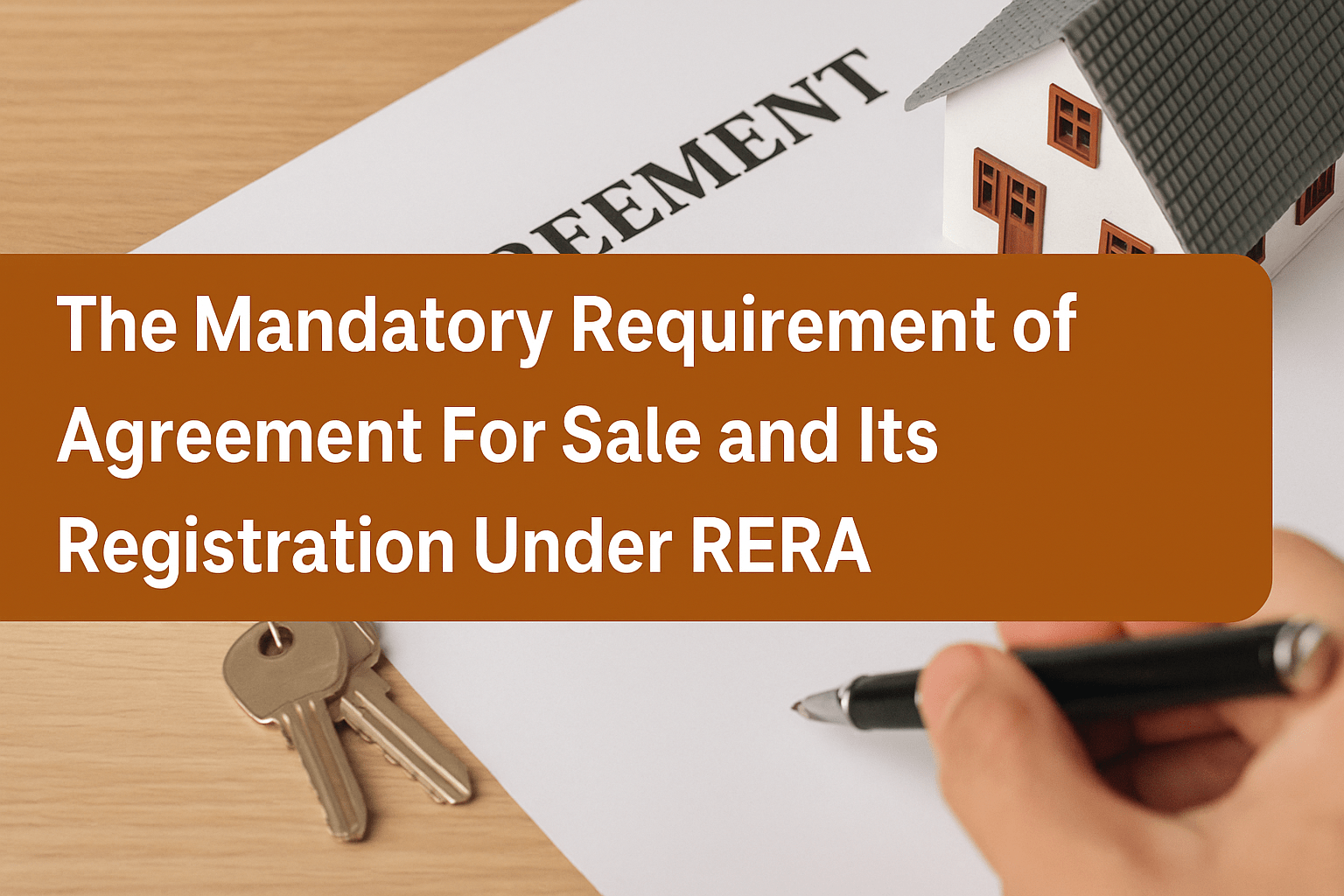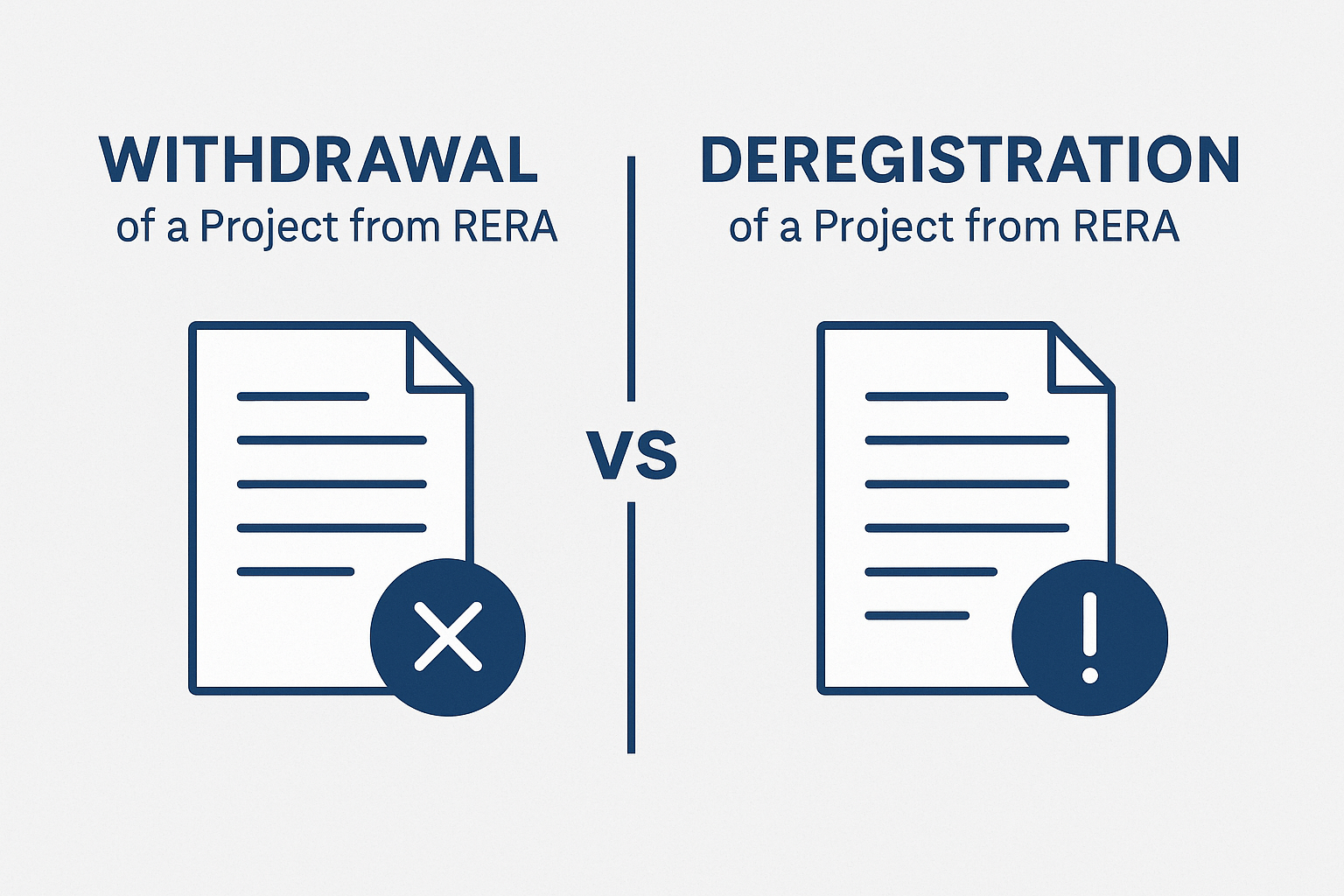
The Real Estate (Regulation and Development) Act, 2016 (RERA) plays a pivotal role in defining and regulating various types of real estate, both physical and conceptual. One of the key provisions of the Act is the expanded definition of "apartment" in Section 2(e), which now includes spaces that are not clearly demarcated but are virtually divided into smaller units. These virtual spaces are part of larger buildings or plots, where multiple buyers are allotted portions of a unit, but the exact boundaries of each portion are not defined. This development provides clarity on how such units are handled under RERA.
Key Takeaways:
What is the Definition of Apartment Under Section 2(e) of RERA?
Section 2(e) of RERA defines an apartment as a separate and self-contained part of any immovable property, including a wide range of spaces such as flats, offices, showrooms, shops, godowns, and more. Importantly, this definition now also includes virtual spaces.
What are Virtual Spaces in Real Estate?
Virtual spaces are essentially parts of a larger unit, such as an office building or a commercial property, that are divided and sold off to different buyers. These buyers may receive legal ownership of a specific share in the space but are not able to physically pinpoint their allotted portion within the unit, which means they do not know the exact physical location or boundaries of their allocated space.
This division allows for more efficient use of space, but it also raises questions about ownership and rights, which RERA seeks to address by including such virtual spaces under the definition of apartments.
Why is this Inclusion Important?
Clarity for Developers and Buyers: The inclusion of virtual spaces under the apartment definition provides legal clarity to developers and buyers alike. Developers must now ensure that the allocation and registration of virtual spaces comply with RERA’s provisions, ensuring transparency and legal protection.
Protection for Homebuyers and Investors: Homebuyers and investors who purchase virtual spaces now have legal recourse and protections under RERA. This inclusion means that even if the physical location of their space is not clearly defined, they are still entitled to the rights of an apartment owner, such as possession, transparency in transactions, and grievance redressal.
Regulation of Shared Spaces: Developers must adhere to RERA’s guidelines regarding shared spaces within the virtual allocation process. This ensures that virtual spaces are fairly managed and that the rights of all allottees are protected.
Challenges in Defining Virtual Spaces:
One challenge with virtual spaces is that allotment is made without specifying the exact physical location of the units, which can lead to confusion and disputes among buyers. RERA addresses these issues by establishing clearer documentation, requiring transparency in the division of units and ensuring that the developer’s obligations are met.
Developers must now provide proper documentation and use precise terms to allocate and define virtual spaces, even if they are not physically separated or defined within the unit. RERA ensures that these spaces are legally recognized as apartments and fall under the same protection.
How Does this Affect Real Estate Projects?
For Developers: Developers need to account for virtual spaces during the registration of projects. They must ensure that the virtual space division process is transparent, legally compliant, and clearly documented to avoid future disputes.
For Homebuyers: Homebuyers can now feel confident in their purchase of a virtual space, knowing that it is covered by RERA protections. They will have recourse if their rights are violated or if the project does not meet the expectations set by the developer.
Conclusion:
The inclusion of virtual spaces within the definition of apartments under Section 2(e) of RERA provides a clear framework for the real estate industry to handle these unique spaces. It ensures that buyers, even in undefined or partially divided units, enjoy the same legal protection as those purchasing traditional apartments. This move brings much-needed clarity and protection for both developers and buyers
Author
CA Akash Jaiswal
Chief Advisor, Apex RERA Professionals
Contact



Apex RERA Professionals is owned by Realtyedge Professionals LLP.